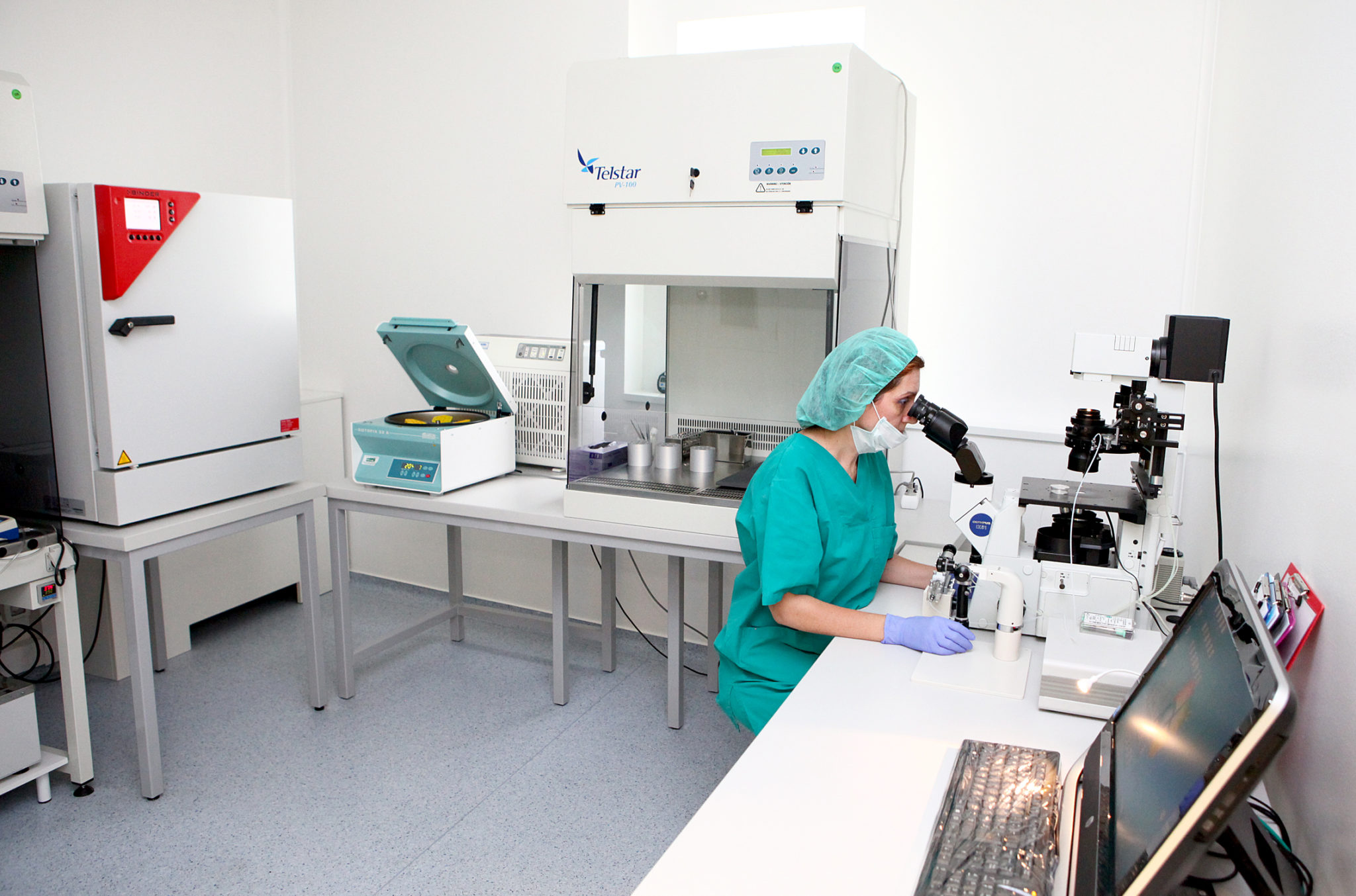
In-Vitro Fertilization (IVF) is a highly complex procedure involving a cascade of biochemical and molecular intracellular signaling for embryo development. Its outcome is affected by a wide range of clinical and environmental factors with ambient air quality being the most important aspect influencing IVF results. The required air quality should be maintained to protect embryos from environmental and airborne pathogens & ensure optimal embryogenesis and implantation. The lab should have the right temperature & relative humidity levels to obtain desired culture environment & facilitate the proper functioning of instruments. In this blog post, we are going to explore the importance of air quality and how to monitor it in an IVF laboratory.
SOURCE OF AIR CONTAMINATION (THREATS):
EXTERNAL SOURCES:
INTERNAL SOURCES:
BENCHMARKS OF AIR QUALITY FOR AN IVF LAB
It is recommended that:
MONITORING AND CONTROLLING THE AIR QUALITY IN THE IVF LAB HAS FAVORABLE OUTCOMES
Airborne particles that are the cause of concern in IVF labs are fibers and dust from clothing, skin cells, and hair. Microorganisms may attach to these particles and can contaminate the surrounding air and the embryo culture systems.
Another important factor is the location of the IVF lab. The IVF unit and the nearby areas should be constructed in such a way as to minimize the generation and retention of particulate matter and VOCs.
Low off-gassing materials should be used in the construction of lab surfaces and walls. The generation of VOCs can be controlled using aluminum and stainless steel for furniture, workstations, doors, and air vents. Use of airlocks, coved junctures, and lighting fixtures that are flushed or sealed on the ceiling should be ideally used which aids in minimizing the generation of microbial particles.
It has been proven that a lab with a good amount of fresh air is also essential for successful IVF. There are some cases when laboratories are not well-ventilated, thus, they must install an air filtration system to maintain the level of cleanliness and freshness.
There are 3 stages of filtration:
All these filters are used in combination to achieve clean room classification for any IVF setup. Using pre-filters and activated carbon filters upstream of HEPA filters helps in the longevity of HEPA filters.
High-Efficiency Particle Air (HEPA) filters: should be installed to monitor and control the air quality. The pollutants that are generated are trapped by these filters and the remaining are diluted with clean air. HEPA filters are designed to remove harmful airborne particles from the air in any given space by flushing highly filtered air under positive pressure. In IVF labs, HEPA filters serve as an important element to achieve the desired air-quality standards and improve the embryo culture conditions, thereby, improving the success rate of IVF treatments.
Other air purifying filters used in IVF units are activated carbon filters. Such filters reduce harmful particulates, VOCs, and chemical airborne contaminants (CACs). These filters have activated carbon and are impregnated with potassium permanganate, which aids in the absorption and oxidation of VOCs. Another type of filter uses UV light irradiation, photocatalytic conversion, or both for controlling the contaminants.
Good laboratory practices should be strictly followed to control air contamination. The following practices should be followed to maintain a clean room environment:
Maintaining airflow parameters and regular servicing of the lab’s equipment, and quality validation of the air by particle counters should be done periodically. Swab tests for detecting microbial load from the workstations and incubators should be critically followed as a quality management system. Performance indicators like embryo quality, implantation rates, blastocyst quality, etc. should be evaluated every month to ensure efficiency.
AIR FILTRATION SYSTEMS:
The type of air filtration system to be used within a lab depends upon multiple factors, such as:
In conclusion, the air quality in any IVF setup can be controlled by –
Do you want to learn about the IVF lab setup? Join our IVF Training session.
Please share your valuable inputs